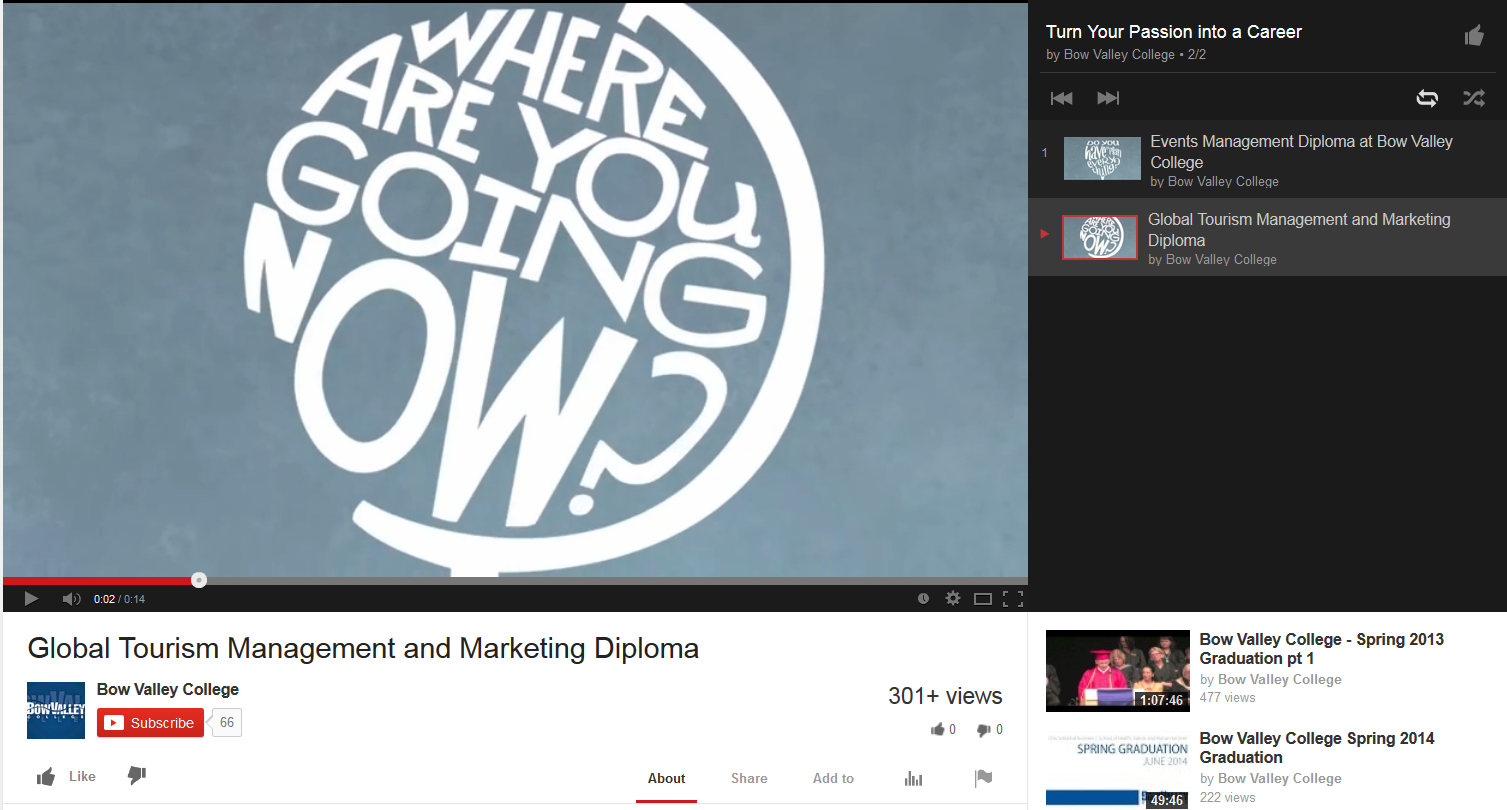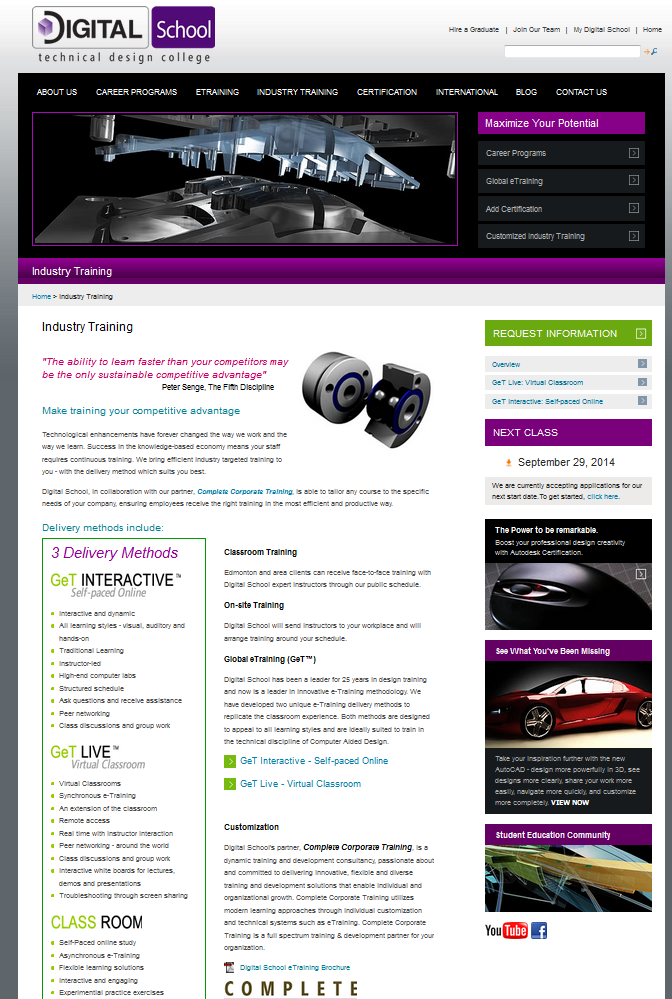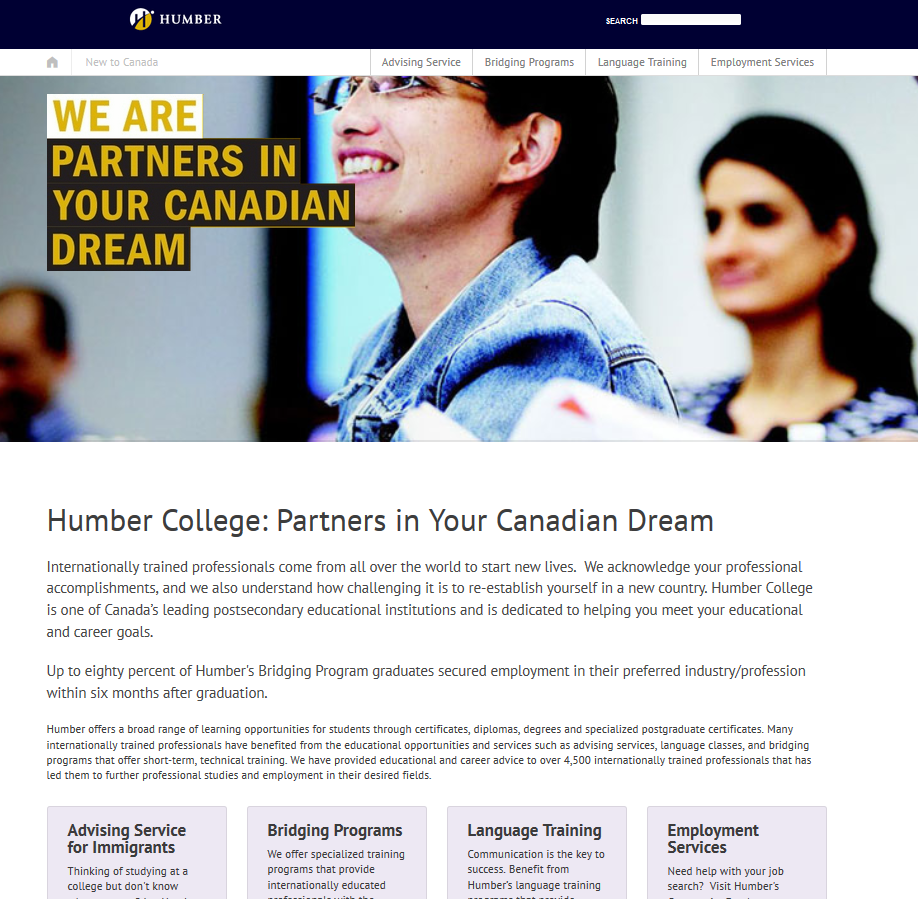One of the great paradoxes of modern society is the apparent glut of overqualified waitresses and cab drivers with college degrees while at the same time many employers complain about the lack of skilled workers to fill their positions. Pundits point to a talent mismatch between graduates’ qualifications and the skills required for new job openings, a trend that will only be exacerbated in coming years with the mass retirement of baby boomers. While some argue that the much hyped “skills mismatch” is a myth, a new generation of prospective post-secondary students are more interested than ever in the type of focused training provided by professional certificate programs and career colleges.
Wary of heavy debt and the uncertain job market, more students are turning to trades training to acquire “real world” skills that can get them gainfully employed, sometimes in a matter of months. It isn’t only community colleges and for-profit institutes responding to this demand – numerous traditional universities are introducing certificate programs in fields like web design and law enforcement, attracting different demographics and generating new revenue streams. These types of programs are easily added and updated as the job market fluctuates, adapting to quickly moving technical requirements for workers needing skill upgrades and frequently supported by employers offering tuition reimbursement.
As the concept of lifelong learning gains popularity, the notion of the “traditional” student is fast becoming obsolete. Continuous education is necessary to keep pace with the fast-changing demands of today’s and tomorrow’s society. Diverse demographics are seeking targeted training that efficiently delivers the necessary qualifications for rewarding employment, sufficiently flexible to accommodate existing home and working life responsibilities.
So how do career or vocational colleges make the most of their often limited marketing budgets to recruit these prospects?
Understand your potential students
The first step to increasing local and regional awareness about the opportunities provided by your college is to understand the many paths your prospective students are coming from. This may mean overcoming preconceptions about what career college is, communicating the diversity of your contemporary programs to a range of prospects who might have never considered it a viable option for them. While some college students continue to come straight out of high school, there are a wide variety of subgroups who are going back to school after years in the job market, raising a family or living in a different country.
Creating detailed, representative student personas is a valuable exercise to better understand their priorities and common concerns. These can include typical age and gender profiles, cultural and educational background, financial status, motivations for study and potential obstacles that may be preventing them from applying. Getting to know your current students better with surveys and following their career progression will enable you to better target your services and promotional messaging, attracting higher quality applicants. Understanding their background and typical behaviour also helps you know which marketing initiatives they prefer, increasing your return on investment.

Example: Bow Valley College’s recent micro campaign, Turn Your Passion into a Career, recognized their target demographic to be a primarily female audience over the age of 20 with some prior post-secondary experience. They sought to transition the community’s perception of the College in key markets beyond academic upgrading, ESL education and entry-level health programs to emphasize its more appealing business and human services programs.
Spanning various socio-economic and geographic audiences, the campaign appeared in daily and weekly print publications, web ads, commuter transit, movie theatres and airport posters, with consistent messaging on the College’s homepage to “close the loop.” Instead of showcasing “happy student faces,” the campaign attracted attention with stylized typography designed to resonate with the career aspirations and character of prospective students.

Work with the community
Community colleges must of course be particularly attuned to the needs of their communities – local citizens, employers, worker associations and government. This can include reaching out to guidance departments of regional high schools, creating program articulation agreements with 4-year institutions to highlight appealing academic paths, offering flexible schedules to accommodate working students, and support services and developmental coursework to assist those with special needs.
Establishing support networks extends to forming partnerships with local companies and leveraging governmental resources to encourage career success. For instance, the Canada Job Grant, funded by the federal government and employers, provides workers with up to $15,000 to upgrade their skills at community colleges and union trading centres. Colleges should develop mutually beneficial relationships with employers, providing them with the skilled employees they need while they send their workers for training. Tuition Assistance Programs, on-site training and virtual e-training are popular methods for providing these kinds of cooperative solutions. Colleges such as Digital School offer customized corporate training and promote the services on their website with the tagline “Make training your competitive advantage.”

Employers as partners
Employers need to know how your college can improve their bottom line through training programs, business grants, co-sponsoring events, participating in career fairs and internships, and more. Communicate the benefits of visibility in the community and happier and more productive employees to potential employers through proactive email campaigns and your website. Develop your existing employer connections with ongoing organization-wide support, viewing them as partners rather than just benefactors. Consult with them to identify critical competencies and future requirements for refining highly relevant curriculums. Many community colleges, particularly in North Carolina, have tailored very applied course work to the employers’ specific needs. Connect employers with the talent they seek through bridging programs and then showcase this opportunity for prospective students on your number one recruitment resource – your website.
Example: Humber College is one of many higher ed institutions offering bridging programs, helping internationally-trained professionals and tradespeople become better prepared for Canadian employment and the licensing or certification process. Humber’s well designed webpage clarifies program details, locations, admission requirements, and application process, positioning themselves as “Partners in Your Canadian Dream.” In addition to the bridging programs, Humber promotes their career counseling, language training and employment services at newtocanada.humber.ca

Website tips for Career Colleges
Your best resource for attracting students (and employer partners) is also your most cost-effective. A well designed website should simplify the college fact-finding, registration and financial aid processes so any first generation college student can easily navigate it. If you can make application deadlines and the admissions procedure easy to find, you’ll be doing better than most colleges. College branding must be consistently clear, conveying an authentic portrayal of student life and career readiness with high quality representative images. Providing handy stats regarding such student priorities as job placement, post-graduation duration till employment, and satisfaction with education on an About or home page immediately grabs a prospect’s attention. Make it easy to scan key information without having to dig through paragraphs of text. Ensuring your website is mobile-optimized is an important consideration for today’s student recruitment.
Example: Although Kenyon College is actually a liberal arts college in Ohio, they appealingly showcase their alumni success with big and beautiful stats.

Testing, Analytics, Improvement, Action
Just as your success rates in helping students reach their employment goals is important, so are your success rates in converting students through your website. You need to understand how well your SEO, PPC and social media initiatives are leading organic traffic to your website and how often they are applying once they arrive. Effective Google Analytics for colleges eliminates guesswork from your digital marketing decisions, clearly showing how well each page on your site is meeting its targets while illuminating where your prospects are coming from, both geographically and via the web. Test various copy or calls to action to establish the optimal messaging to engage and convert students, employers and other stakeholders on their first visit.
Adapting to the fluid requirements of the job market and prospective students in today’s rapidly evolving society requires a suitably flexible web content management system. This allows you to promptly update copy and images, add new program pages, and add dynamic content such as blogs and news events to provide the most relevant view of your college while gaining prominence on search engines. A proactive digital marketing strategy is essential for coordinating valuable business and community partnerships while increasing student enrolment and success.
What are your college’s digital marketing priorities?





